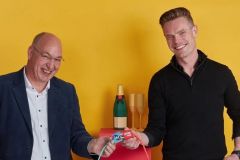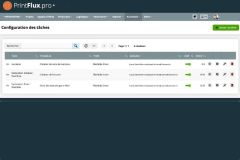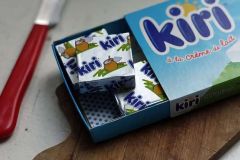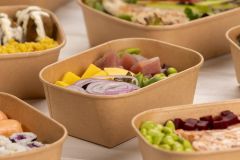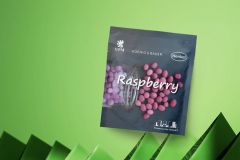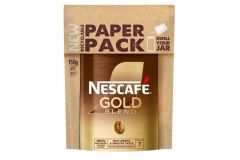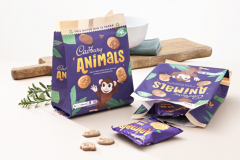In early October, the U.S. cereal brand Kellogg's introduced Coco Pops cereal boxes for the blind and visually impaired on a trial basis in nearly 60 stores in the United Kingdom.
Created with the charity Royal National Institute of Blind People (RNIB), these cardboard packages feature technology called NaviLens. NaviLens allows a smartphone to detect a code printed on the package and read the allergen and labelling information.
A code detected three meters away
This technology (which works with the mobile application of the same name) has several differences compared to a QR code. First of all, the NaviLens printed beacon differs from a QR code in appearance, appearing as high-contrast coloured squares on a black background.
But most importantly, users do not need to precisely target this code or focus the camera to get the information. The NaviLens code can be detected on the package from three meters away when a person points their smartphone at the cereal box (and a code measuring 20 x 20 cm will be detected from 12 meters away). When users scan their environment with a smartphone, audible signals allow them to find and center the label within the phone's field of vision.
Once the beacon is detected by the smartphone's camera, an alert is sent and the user can display or read aloud ingredients, allergens and recycling information on the smartphone.
A first on food packaging
This technology is currently used in the transport systems of several Spanish cities to facilitate the movement of visually impaired citizens. This is the first time it has been used on food packaging.
These boxes of test puffed rice cereal also have a Braille inscription and the information on the packaging is printed in a larger font. If the tests are successful, the food group will extend the technology to more products.
Marc Powell, Head of Strategic Accessibility at RNIB, says : "Important information on packaging can often be in very small print, making it difficult for blind and partially sighted people to read. This can make shopping particularly difficult, especially for those with special dietary needs, as they cannot see essential nutritional information."
According to RNIB studies, for 90% of blind or visually impaired people, information on food packaging is difficult or impossible to read.
And it's worth noting that hundreds of Kellogg's products have had Braille markings on them for years.






